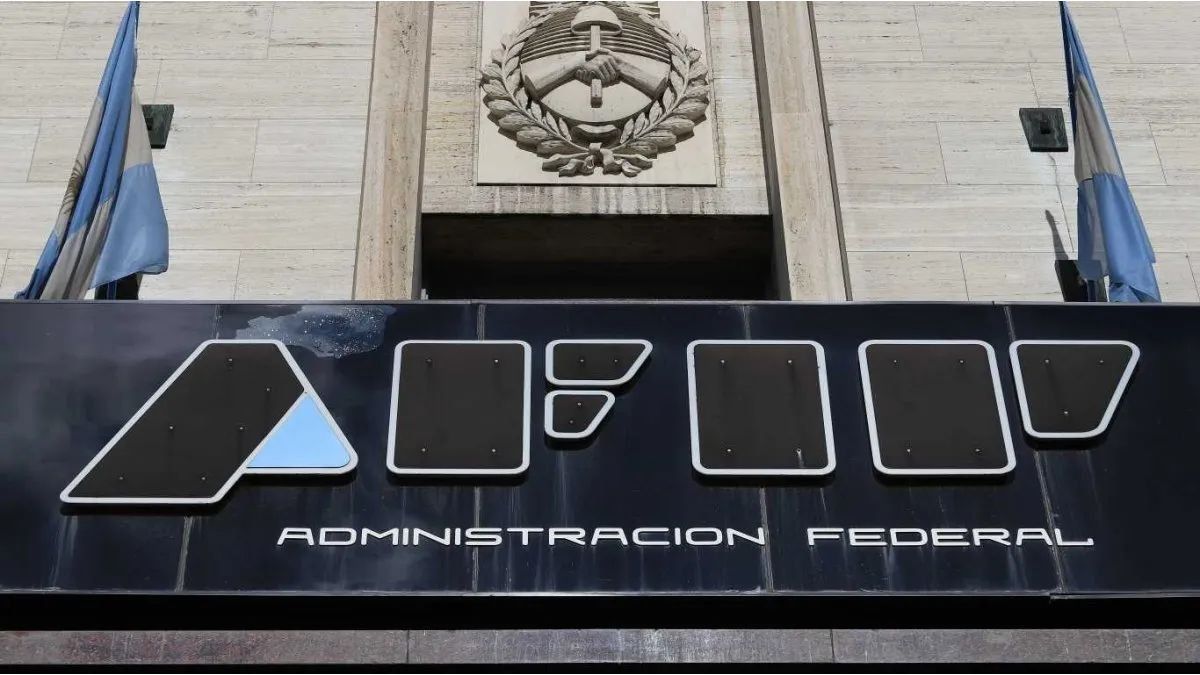The national government announced this Sunday, as part of a package of economic measures, the implementation of a plan for payment facilities and tax relief for micro, small and medium-sized enterprises (Mipymes) that have overdue tax obligations and with a lower financing rate. One by one, what are the new benefits.
It was resolved to put into effect a broad fiscal relief program and a “plan of payment facilities to cancel tax obligations and social security resources expired until April 30 of the current year.”
The economic portfolio explained that it is a debt stock to regularize by 456,063 million pesoswhich comprises 656,121 taxpayers, of which 48.1% are micro and small companies, 11.5% are medium-sized and the remaining 31.2% are small taxpayers and monotributists.
According to the type of debt, the program observed that 54.6% corresponds to micro and small companies, medium-sized Tranche I and monotributistas and in terms of debts by type of tax, 18% responds to Income Tax, 34% to Value Added Tax, 3% to Personal Assets Tax and the rest to other customs duties and taxes.
AFIP: how is the new payment plan for SMEs
The payment facility plan includes “tax obligations and social security resources -including interest and fines- due as of last April 30, imposed fines, supplementary charges for import or export taxes and liquidations of aforementioned taxes included in the procedure for infractions, as well as their interests, all in accordance with the provisions of the Customs Code -Law No. 22,415 and its modifications- formulated until April 30 of the current year”.
At the same time, it was resolved that the plan “include the debt under discussion in administrative-judicial headquarters as well as that included in expired plans until the validity of this general resolution”, while “the refinancing of current plans is not allowed and the maturities of profits and personal assets -of individuals and companies- of December 2022 are not included”.
Regarding the characteristics of the program, the MSMEs they will be able to refinance their tax and customs debts up to 84 installments, while with Social Security obligations they will be able to do so in 36 installments.
On the other hand, with the debts for withholdings and perceptions, they can be regularized in 12 installments.
The applicable interest rate for this segment of companies will be the equivalent of 60% of the compensatory interest. The program will expire in the event that taxpayers register 3 unpaid installments after 60 days.
For medium-sized companies in section I, tax and customs debts may be refinanced in 48 installments, Social Security contributions in 24 installments and debts for Withholdings and Perceptions, in 6 installments.
In this case, the applicable rate will be equivalent to 60% of the compensatory interest and the plan will expire with 2 unpaid installments.
AFIP: what the tax relief for taxpayers will be like
For the rest of the taxpayers, which “includes companies that did not process a Mipyme certificate, Human Persons and Medium-Sized Companies Tranche II”, they will be able to refinance tax debts in 36 installments; contributions to Social Security and customs obligations in 18 installments; and withholdings and perceptions in 3 installments, with a rate equivalent to 100% of compensatory interest.
This segment does not include Civil Associations and NGOs, since for these cases the conditions established in the Plan for Micro and Small Companies will apply.
The authorities resolved that for all cases and categories of taxpayers, the program will expire when Cash dollar purchase operations with Liquidation are detected “since the adhesion of the Plan.”
The AFIP also provided tax relief for the current plans of MSMEs with a Badlar rate and recalled that “in the framework of the Covid-19 pandemic, Law 27,653 was approved, which extended the moratorium established in the Law of Social Solidarity and Productive Reactivation (27,541).
In this case, the problem was exacerbated because the Badlar rate for private banks has been applied since last April, which is in the order of 70% per year and due to this, the payment plans from that month have substantial increases. mainly affecting MSMEs.
This situation triggered the claim of SME entitiesbetween them CAMEso that the Government can modify this situation and once again subsidize the rate difference.
When announcing this change, from Economy they said that this measure will generate “an average tax relief of 50% of the monthly installments of payment plans paid by Mipymes within the framework of the moratorium of Law 27,563”.
The tax agency exemplified that within a current plan of 120 installments for a debt of 1,200,000 pesos, the current installment is 71,500 pesos and with this new tax relief program, the installment will be 32,500 pesos, which represents savings of 55%.
For a plan with 120 installments, with a debt of 5,400,000 pesos, the current installment is 336,000 pesos and with the tax relief, the installment will become 153,400 pesos, which represents a saving of 54%.
In the case of a plan with 89 installments and for a debt of 100,000 pesos, the current installment will go from 5,600 pesos to 2,860 pesos, which represents a saving of 49%.
Finally, for a plan with 68 installments for 68,000 pesos and which currently pays 4,400 pesos, the new relief brings the installment to 2,405 pesos, which implies a saving of 45%.
Source: Ambito




